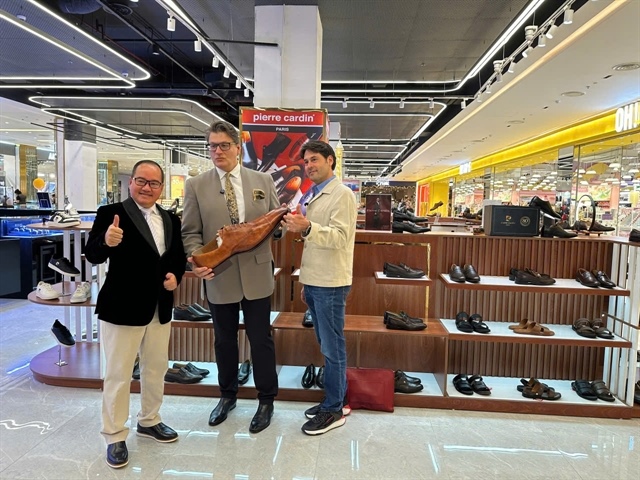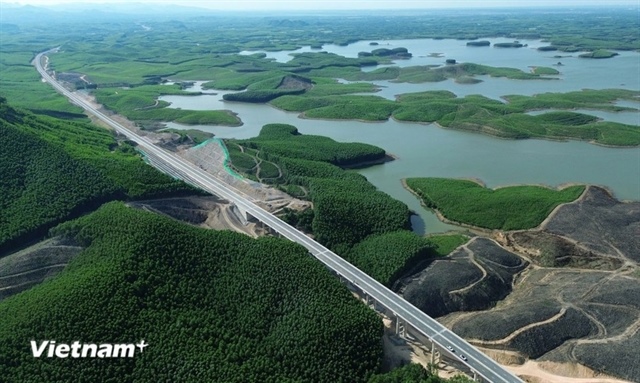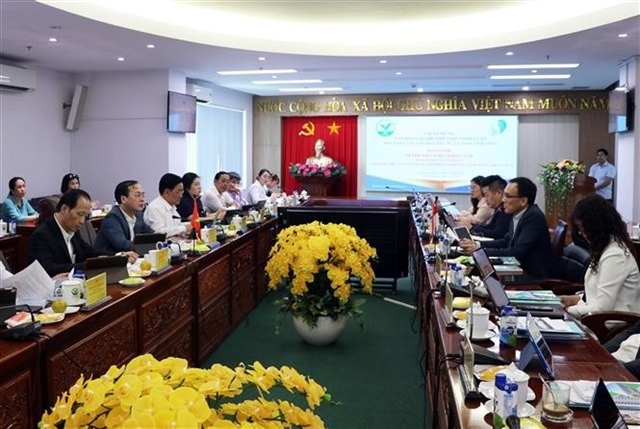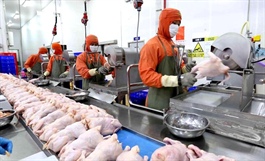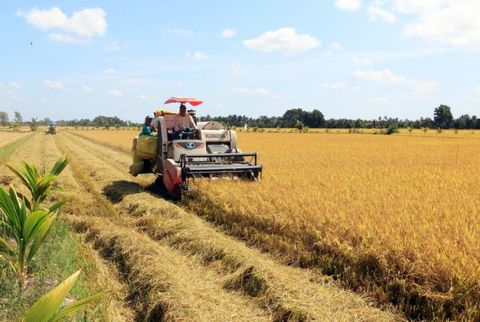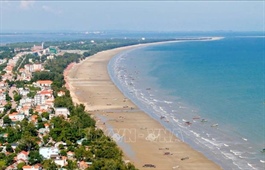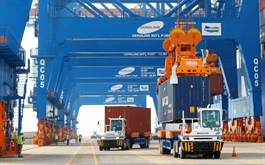Garment sector's local procurement rate up but challenges ahead
Garment sector's local procurement rate up but challenges ahead
The textile and garment industry's local procurement reached a record high rate of 57 per cent in the first eight months of this year, approaching the target of 60 per cent set for 2025, Le Tien Truong, chairman of the Vietnam National Textile and Garment Group (Vinatex), said.
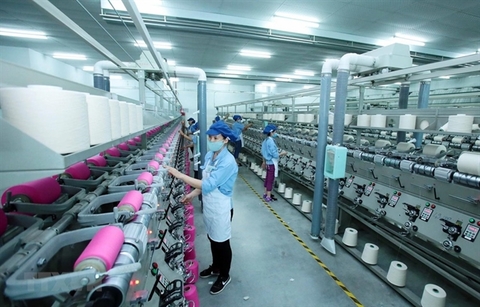
He added that this is a big improvement as the rate had remained at around 50 per cent for a long time.
Vinatex’s report also revealed that the whole industry's export revenue between January and August was worth US$30.2 billion, a rise of nearly 20 per cent over the same period last year and the highest growth rate of the past decade. It was estimated that the industry ran a trade surplus of around $17 billion in the eight months.
Truong said that among textile and garment exporting countries, Viet Nam was the earliest to open up policies for normal operation after the COVID-19 pandemic compared to Bangladesh, India and China, which enabled the country to grab the opportunity to promote garment exports.
However, challenges remained for the rest of the year, Truong said.
He pointed out that other exporting countries also applied similar policies to promote post-pandemic recovery and resumed normal production and business. Meanwhile, global demand was declining on the global economic slowdown and rising inflation.
Vinatex forecast that the average export revenue would decrease to $3.1-3.2 billion per month in the four remaining months of this year, compared to the average of $3.8 billion per month to August.
Truong said that the textile and garment industry expects to receive the Government’s support in terms of tax and credits.
In the medium and long term, he said that Vinatex would invest in promoting a green and circular economy, adding that the investment would be large, however.
Truong said that support policies should be raised for industries with high local procurement rates and high trade surplus, like the garment and textile industry.
Invest in textile and dyeing
The Viet Nam Textile and Apparel Association said that Vietnamese garment and textile enterprises faced fierce competition from other major exporters in China, Bangladesh, India and Turkey, into markets with free trade deals.
The association pointed out that the rule of origin from yarn and fabric onward was a weakness of Viet Nam’s garment industry which must rely on importing 80 per cent of fabrics to produce garments for export.
Statistics showed that, on average, Viet Nam spent around $2 billion on importing raw materials, mainly from China.
Besides, importing countries were also increasing product criteria. The Viet Nam Trade Office in Sweden recently said that the EU and other Nordic countries such as Norway and Iceland were requiring the textile and garment industry to develop more sustainably and circularly.
These countries set stricter requirements for natural and synthetic fibres, which must be organic, recycled or of biological origin. For example, the cotton used in Nordic eco-labelled clothing must not be genetically modified, wholly organic or recycled.
Some Vietnamese firms were investing in research and development of raw materials to reduce the dependence on imported materials, but the supply remained limited.
The association urged the development strategy for the textile and footwear industries to 2030 with a vision to 2035 to be approved early to create conditions for the formation of large industrial parks with the concentrated wastewater treatment system, advanced technologies, and green technologies to attract investment in textile and dyeing.
The association said that this would help tackle the bottlenecks in the fabric supply for garment export and meet origin requirements for tax incentives from free trade agreements.
The Ministry of Industry and Trade said it was important to raise solutions to encourage technology renovation for the weaving and dyeing industry and build a support industry for the garment industry.
The focus should be on attracting investments in treating wastewater and establishing production chains.


